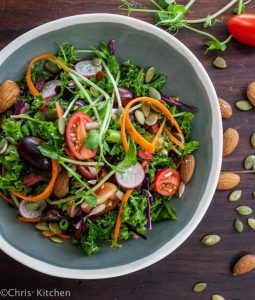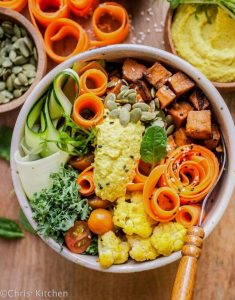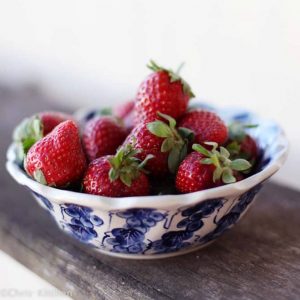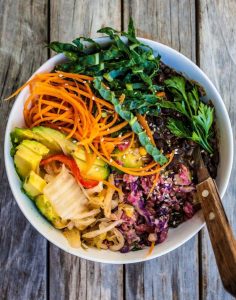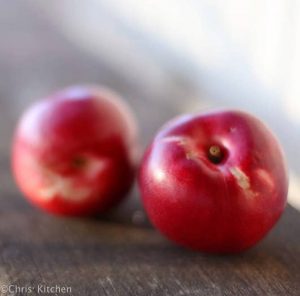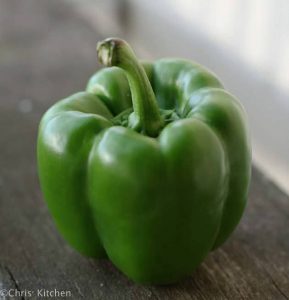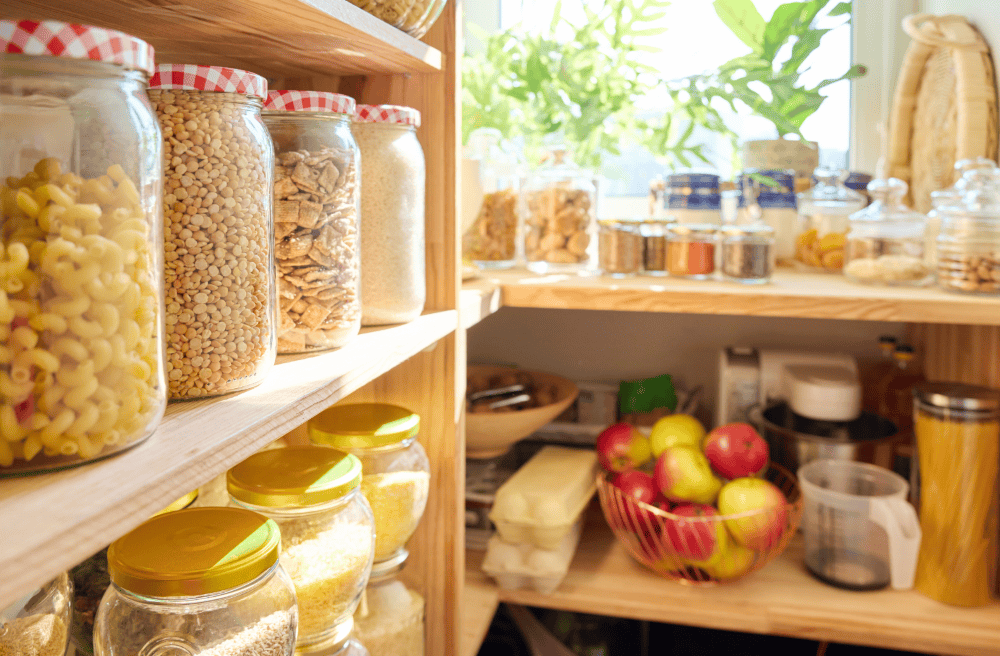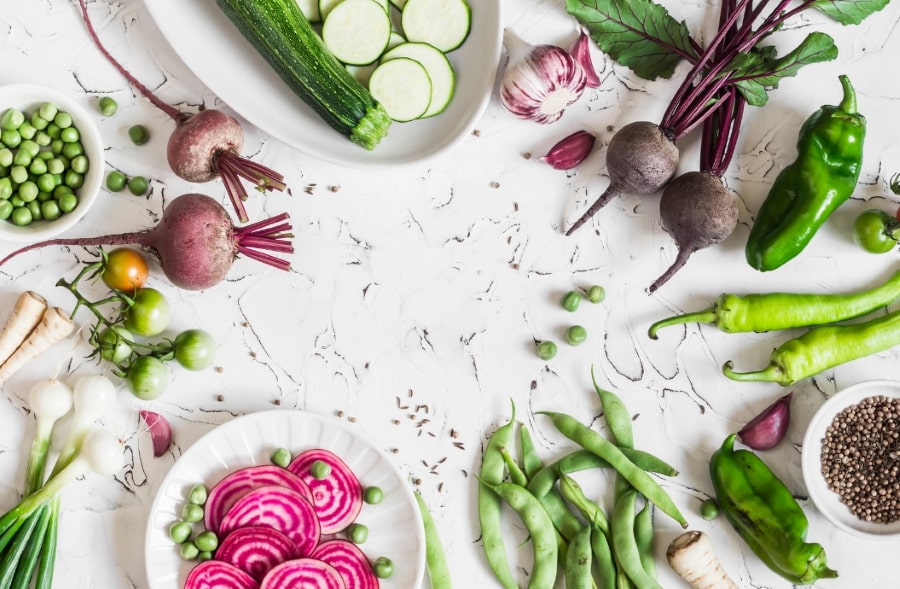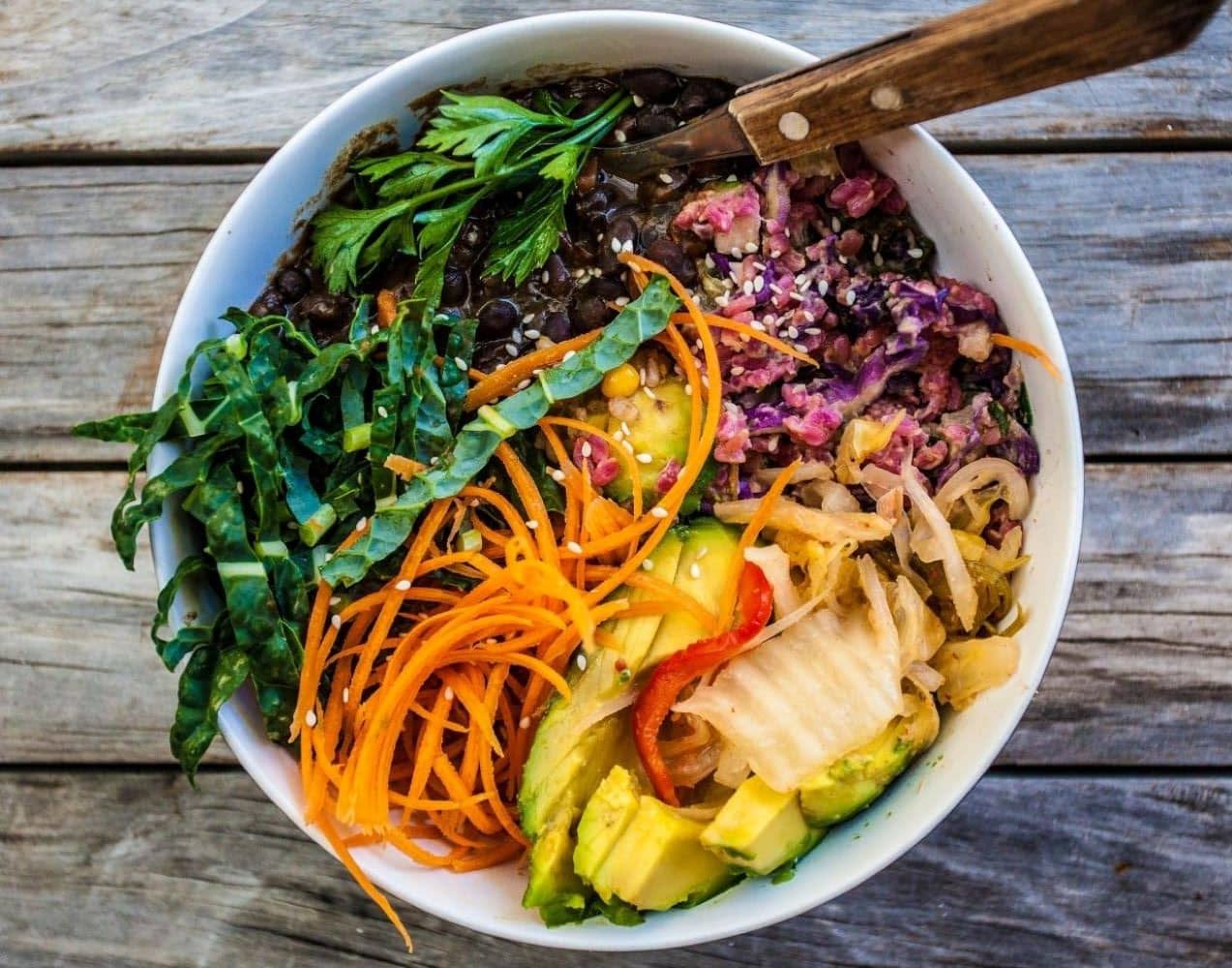

Join our usefulletter and get 10% off your first order + exclusive recipes, offers and BTS
Nutrition on a Plant-Based Lifestyle
As we discussed in our last blog post, a healthy plant-based lifestyle relies heavily on whole or minimally processed vegetables and fruits, as well as nuts, seeds, legumes and wholegrains — anything and everything that is a plant or that grows on a plant. People following a plant-based diet are not necessarily following a vegan or vegetarian diet, it simply just means that they are proportionately choosing more of their foods from plant sources.
A plant-based lifestyle is often synonymous with a whole foods lifestyle or also known as a whole foods plant-based lifestyle.
As we already highlighted the reasons and potential benefits of a plant-based diet, and what a plant-based diet is, in our last Plant-Based Lifestyles Series blog post, we will now focus on how we should pile more plants on our plates.
.
Balanced Nutrition and the Protein Question
But where do you get your protein?! Most vegans will be overly familiar with hearing this question! While it is true that protein from meat is a complete source of essential amino acids (the building blocks of protein), there are plant-based complete proteins too, including buckwheat, amaranth, quinoa, hemp, tofu, tempeh, spirulina and chlorella. It is also possible to combine foods to make them a complete protein source, for example, whole grains with beans and legumes, or nuts and seeds with whole grains or legumes. We should aim for at least one gram of protein per kilogram of body weight every day.
As well as protein, a balanced meal will contain complex carbohydrates and healthy fats. Good sources of carbohydrates include whole grains, beans and legumes, and all kinds of vegetables and fruits. Healthy fat sources include avocado, tahini, nuts and seeds, olives and olive oil.
Ensuring that our diets have a good variety of the above-mentioned foods, including a rainbow of fruits and vegetables, will also help us to meet targets of micronutrients needed for optimal health and wellbeing, such as iron, calcium, zinc, iodine, and vitamins A, B, C, D, E & K.
To make a simple nourish bowl type of meal that is nutritionally balanced and delicious, here is what we recommend:
- Fill ¼ of your plate with whole grains: brown rice, quinoa or buckwheat
- Another ¼ with a protein source: beans, lentil, chickpeas, tofu, tempeh
- Fill the remaining ½ of the plate with a rainbow of vegetables, raw or cooked, including lots of greens!
- Drizzle with olive oil or tahini-based sauce/dressing.
- Top with seeds and nuts for the crunch factor.
- Add a spoonful of fermented vegs (home-made or purchased) such as sauerkraut or kimchi for gut-loving probiotics and good digestion.
- Relax, eat slowly and mindfully, enjoying the tastes and textures!
Top 5 Easy Ways to Start Adding More Plants to Our Plates
- Adding vegetables first. Rethinking our meals and filling half our plates with vegetables first at lunch and dinner will make a big impact on our intake of plants. 2021 is the year to start building our meals around vegetables.
- Rethinking the way we think about meat. If we do eat meat, we can consider eating smaller amounts and we can think of meat as a garnish, instead of the main centrepiece on a plate.
- Choosing 2 or 3 days a week to go plant-based as a family. Yes, we CAN have fun cooking and trying new things, finding new family favourite recipes that are built around beans, whole grains and vegetables. Pumpkin soup, burritos, pizzas and spaghetti bolognese are on rotation in my family, to name just a few. A 5-year-old wouldn’t even know that lentils took the place of meat when it’s all mushed up in a sauce!
- Going for greens, a little here and a little there, as often as we can. There’s a variety of green leafy vegetables such as kale, collards, Swiss chard, spinach, and other greens that we can choose from and they go with literally everything. A bit of spinach on pizza, a bit of kale in soup, a bit of rocket in a salad or simply sauteed chard with lentils and mushrooms.
- Eating fruit for dessert more often. Don’t get me wrong, I love a good dessert as much as the person next to me, but I also love my fruits. A crisp apple, a juicy peach, a cold grape or a refreshing slice of orange will satisfy my sweet tooth quite often.
Things You Shouldn’t Stress About
- Making sure you eat a rainbow with every single meal. Sure, we’ve all heard that it’s good to eat a rainbow and include plenty of vegetables on our plates to ensure intake of all vitamins and minerals. I even wrote it above. But this doesn’t mean we should break the bank with every meal or stress if our meals are not all perfectly colourful. We can eat our greens today and our carrots tomorrow and maybe some beetroot next week.
- What other people think of us and what other people are doing.
- Gossip
- Aging and death.
- Being perfect or making mistakes
Ok, there are a few things up there that have nothing to do with plant-based nutrition, but we could all use a little reminder now and then. Am I right?
Cooking Whole Grains
A great, simple way to cook whole grains is …. in a rice cooker! Using the following ratios:
- Brown rice – 1 cup rice to 1.5 cups water
- Quinoa – 1 cup quinoa to 1.5 cups water
- Buckwheat – 1 cup buckwheat kernels to 1 cup water
Believe us, this is a time-saving life hack.
Cooking Legumes
Tinned beans, peas and lentils are great for convenience, but if you want to save money and reduce packaging waste, try cooking your own from dried.
- Rinse and drain the dried legumes and pick out any stones or shrivelled or discoloured ones
- Lentils and split peas don’t require soaking before cooking
- Soak black beans, kidney beans, chickpeas or cannellini beans overnight in 3 times their volume of water, storing in the fridge.
- The next day, drain them and put them into a large saucepan. Cover with 3 times their volume in freshwater.
- Don’t salt the water as it will slow down the cooking process.
- Cooking times vary depending on the type and age of the legumes (older ones take longer), and general cooking times can be found in many plant-based cookbooks or webpages.
But What About Supplements?
A varied, wholesome plant-based diet can indeed offer all the necessary protein, fats, carbohydrates, vitamins, and minerals for optimal health, and is often higher in fibre and phytonutrients.
A plant-based diet can not only be sufficient for our needs, but it can help us thrive, feel better and reduce the risk for a series of lifestyle diseases¹ such as heart disease, diabetes, hypertension, cancer and brain diseases.²
Some people, however, may need to supplement specific vitamins (such as B12) and/or minerals (such as iron or zinc) to ensure they receive all the nutrients required. The need to supplement our diet can be influenced by a variety of factors:
- Not consuming enough of that specific nutrient
- Poor absorption or an unhealthy gut
- Underlying medical reasons
- Various medications
Iron
Iron is a mineral involved in the transportation of oxygen in the blood. While iron is naturally present in many plant foods (non-heme iron), it is however a little more difficult to absorb than the one found in animal products (called heme iron). Good sources of iron are legumes, tofu, nuts and seeds, whole grains and fortified cereals. We can increase iron absorption by combining these foods with foods rich in vitamin C.³
Iron-rich plant-based foods:
- Tofu
- Legumes (lentils, dried peas and beans)
- Wholegrain cereals (in particular, iron-fortified breakfast cereals)
- Green vegetables such as broccoli or asian greens
- Nuts, especially cashews
- Dried fruits such as apricots
- Seeds such as sunflower seeds or products such as tahini
Vitamin C rich plant-based foods:
- Lemons, oranges and any citrus fruit
- Kiwifruit
- Strawberries
- Tomatoes
- Capsicum
- Broccoli
- Cabbage
Examples of delicious pairings are:
- Tofu stir fry with broccoli and capsicum
- Sauteed spinach or Swiss chard with lemon juice
- Fresh quinoa salad with greens and capsicum
- Spaghetti bolognese with lentils and tomatoes
For a delicious, iron-rich, breakfast option, try making our Iron-rich smoothie.
Calcium
Growing up, we’ve all heard that calcium helps us have healthy bones and teeth and that calcium comes from dairy foods. Yes, we do need calcium in good amounts, but the nutritional role that dairy plays has become increasingly controversial. Coupled with the animal abuse that occasionally surfaces in the news, it has made a lot of consumers choose non-dairy alternatives for good enough reasons.
If you’re avoiding dairy or are intolerant to dairy, here are some wonderful plant-based sources of calcium:
- Tahini (or sesame seeds)
- Chia seeds and flaxseed/linseed (both also good sources of Omega-3 fatty acids)
- Soy
- Beans, peas and lentils
- Almonds
- Amaranth
- Leafy greens
- Dried figs
- Fortified alternative milk
The Plant-based Bottom Line
While plant-based diets may not be for everyone, they can fulfil our nutritional needs and we could all benefit from more plant foods in our diet.
From an ethical perspective, we should certainly look at where our food comes from and how it got on our plate, avoiding those foods that involve abuse and exploitation.
From a health perspective, eating an abundance of whole plant-based foods and reducing highly processed foods is an important part, whether or not we include animal products or not.
Remember, we don’t need to make drastic changes to our diets to improve our health; in most cases, small, sustainable changes are far more effective in the long run.
Disclaimer: Please note that no content on this website should be used as a substitute for direct medical advice from your GP, nutritionist or dietitian.
References
1. https://www.pcrm.org/good-nutrition/plant-based-diets
2. https://www.ncbi.nlm.nih.gov/pmc/articles/PMC3662288/
3. https://nutritionaustralia.org/division/nsw/plant-based-diets-whats-the-fuss/
